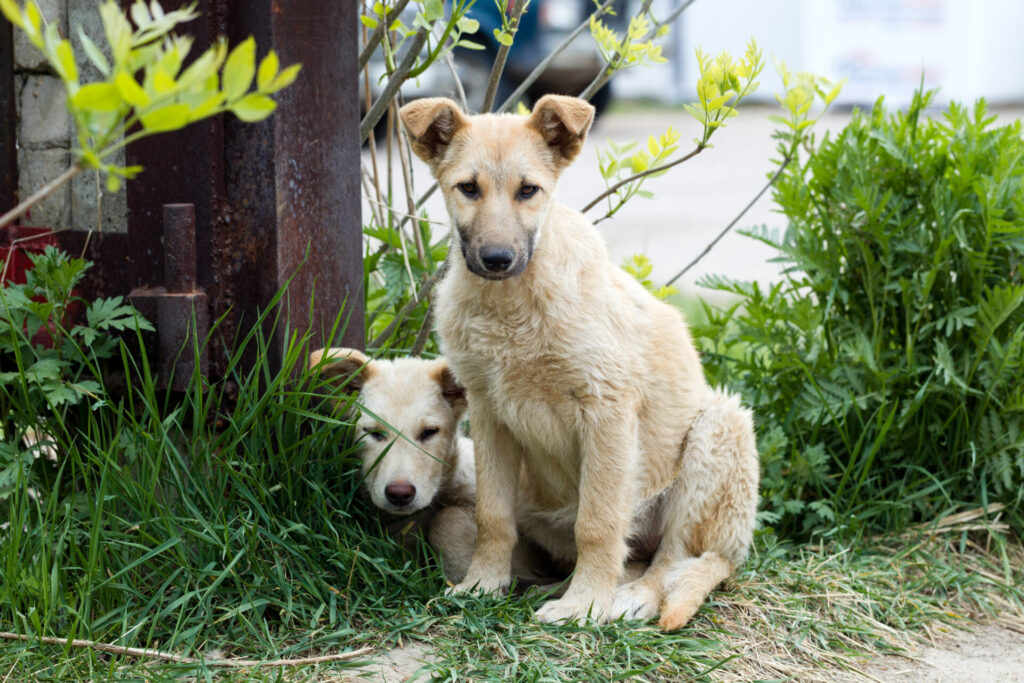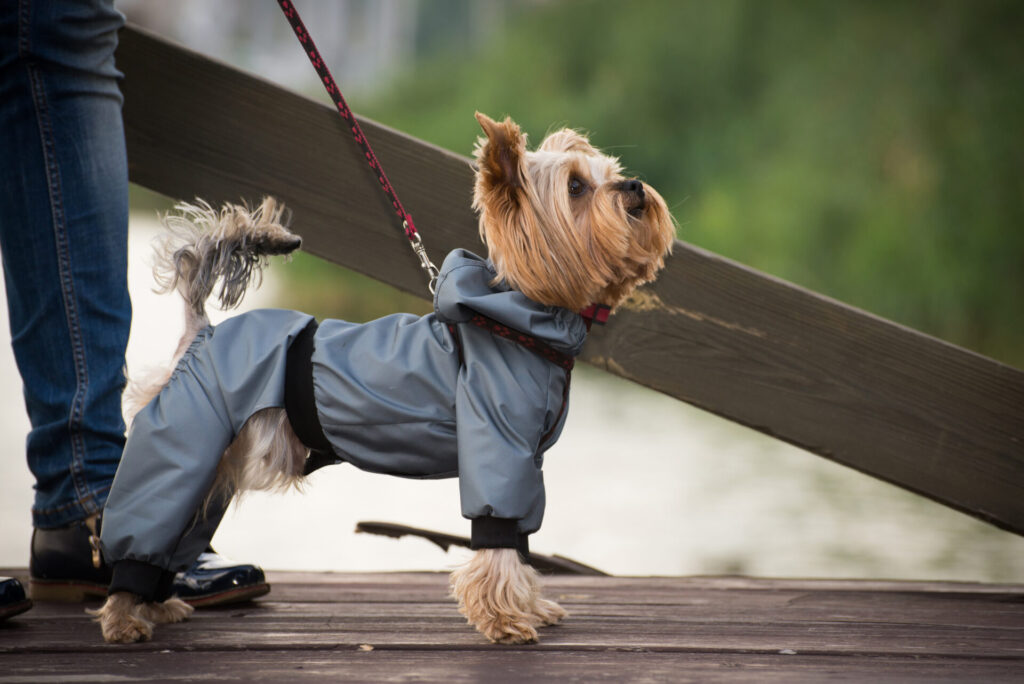The size of the dog who has injured their ACL is relevant in both the success of the surgery and overall recovery.
When it comes to tearing cranial cruciate ligament, smaller dogs are at an absolute advantage over their larger counterparts in all areas.
Studies suggest that not only is surgery more successful in smaller dogs, it is also usually less needed in the first place.
It is true that success rates are generally good for larger dogs who undergo hind knee surgery (70%-90%) with success rates depending on a variety of factors. The reality is that smaller dogs generally are less likely to injure their knees, require surgery, and if they do, also tend to recover at higher success rates. (1)
Determining Success Rates: Surgery Versus Overall Wellness After Recovery In Small and Large Dogs
It may be worthwhile to clarify the terms of ‘Surgery Success’, meaning the actual performance on a large dog versus a small one yields similar results on the operation table itself, however, if we consider ‘success’ to be how well does a dog recover from a torn ACL? This tells a different story.
Operationally speaking, whether your large or small dog undergoes TTA, TPLO, Tightrope, or traditional repair, the actual procedural results tend to be more or less the same.
Smaller dogs who tear their ACL can often successfully recover without surgery by using methods such as Conservative Management, for the simple fact that they carry less weight and therefore will place less stress on the knee joints even when they are moving around.
The same theory applies to post-operative care, again smaller dogs will generally hold the advantage as they recover faster and more effectively from the surgery itself.
Post Operative Care For Small And Large Dogs
Large dogs require longer recovery time, and they also require more exercise. This paradox is difficult for both owners and their large dogs after surgery. Learning to walk your dog post surgery is a process. While small dogs will often be more than happy to be cradled in the arms or lap of their owner post surgery, larger dogs do require continued walks and gentle exercise. It is much more difficult to ensure that your large dog rests after surgery and does not retain the recent injury.
Even when all is equal on the operation table, how well the owner participates in the post operative care of their dog, small or large, will have a significant impact on the overall recovery of the dog.
The reality is, that if you, the owner, are able to ensure an optimal post operative recovery (about 8-12 weeks), for your large dogs, then they are likely to experience the same success rate as their smaller counterparts.
Your large dog will need to be confined post surgery and for the first week only go outside for very short walks (less than a city block) to use the bathroom. They cannot walk up or down stairs for the first week.
Surgery Is Not A Magic Solution For Big Or Dogs: Post Operative Care And Owner Involvement Is Crucial For Success
Whether you are the owner of a small or large dog, your active participation in the post operative care will ultimately (in most cases) determine the success rate of surgery.
While it is true that many small dogs can get away without surgery for their torn ACL, some will need to undergo surgery, and their post operative care is critical for recovery
How you, the owner, create the space for your large dog to recover from knee surgery, the extent to which you include alternative care practices, and maintain a strict regime of rest, means that the balance of their recovery rests squarely in your hands.
Does a dog’s size impact the success rate of knee surgery? Yes, and no, on the operation table, all remains more or less equal. However small dogs, because they bear less weight will tend to recover with greater ease. An owner who is committed to their larger dogs recovery can count on an excellent success rate as well.
Sources Cited:

